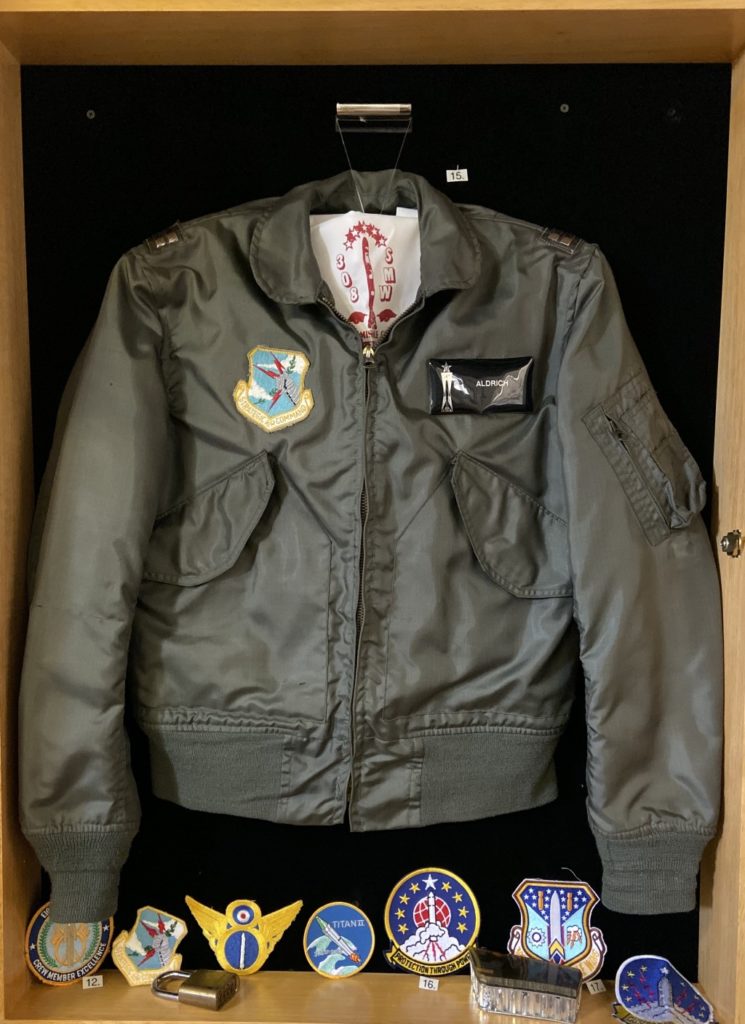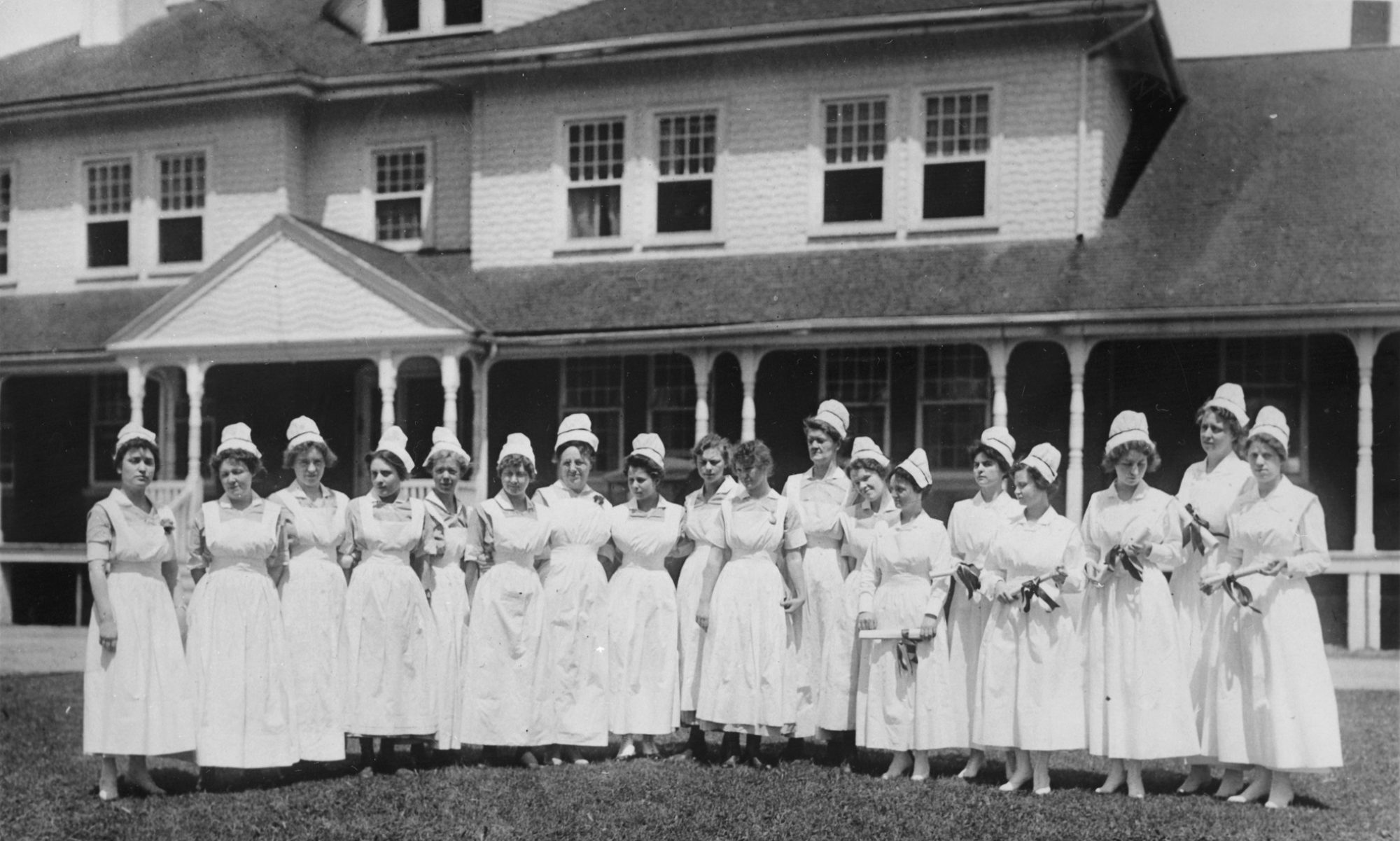September 23, 1977
The end of the Women in the Air Force (WAF) in 1976 led to the introduction of female officers and enlisted as equal members of the U.S. Air Force. Women were no longer restricted to specific roles for supporting air operations. With the push for a more gender-equal military, mission management began to drastically change, and the missile force was no different. Expecting the upcoming change in defense policy, Strategic Air Command examined the potential impact of allowing women to serve as members of missile combat crews. While initial speculation limited female participation in missile operations, the meritorious service of the first female missileers during SAC’s trial Titan-II program led to the cultural acceptance of mixed-gender crews by the late 1980s.
In 1975, SAC developed a team to examine the advantages and disadvantages of women becoming a part of the missile force. Their study investigated a wide array of issues brought forth by combat crews, leadership and spouses. Many deemed privacy, particularly during mandated crew rests, as the biggest obstacle to overcome. In the eyes of SAC leadership, the co-located quarters within the Minuteman operating area prevented women from working Minuteman operations entirely. However, the larger Titan II facilities allowed for modifications which could accommodate both sexes equally. In addition, concerns relating to the lack of pregnancy regulations, possible sexual misconduct between crew members, and bathroom privacy were all stressed and thoroughly discussed by the missile community beforehand. Regardless, SAC, looking forward, implemented a new testing program in 1978 which evaluated the effectiveness of introducing women into the missile force.
The facility design of the Titan II system afforded SAC leadership the opportunity to thoroughly test mixed-gender missile crews. The Titan launch facility offered a separate crew-rest area which provided better privacy, and the four-person crew would theoretically reduce worries regarding misconduct between crew members. Fifteen female officers and twenty five female enlisted were selected in 1978 to attend Titan Crew II training. On August 18, 1978, Airman First Class Tina M. Ponzer from the 381st Strategic Missile Wing at McConnell Air Force Base in Kansas became the first female airman to perform a Titan II alert. One month later, on September 16, 1978, First Lieutenant Patricia M. Fornes from the same unit was the first officer to conduct a missile alert. Lt. Fornes later became the first female missile squadron commander. Both women undoubtedly made history, as they challenged and disproved the cultural misconceptions regarding their place in the missile force. By 1983, sixteen percent of the Titan II force was women.
The fifteen month testing period clearly demonstrated that “female crewmembers [we]re performing as well as their male counterparts.” While male crewmembers outperformed females when conducting emergency war order tests, female officers scored better during standardized evaluations. Nevertheless, SAC refused to allow women to conduct Minuteman operations, citing the lack of privacy within the system’s facilities. The Titan II appeared to be the only missile system approved for mixed-gender operations. However, the system’s deactivation in 1987 soon changed the future of women missileers and missile operations at F. E. Warren Air Force Base.
Worried about excluding women from missile operations, SAC Commander General Bennie Davis ordered the integration of women into Minuteman operations. Unlike the Titan experience, facility modifications to improve privacy were not implemented. Instead, SAC decided to establish a different policy which strayed away from mixed-gender combat crews. Minuteman missile wings would now have all-female combat crews as a manning supplement. Six female missileers began training for the missile platform in October 1985. Captains Linda S. Aldrich and Nancy K. Dean were the first female officers to conduct Minuteman alert on March 25, 1986 at Whiteman Air Force Base in Missouri. The all-female alert went off without a hitch and by October 1987, SAC altered the Minuteman alert policy to include gender-specific crews.
However, crew scheduling proved difficult. The low number of female missileers meant any scheduling disruption (i.e. sick crew members, pregnancy, and family emergencies) resulted in a shortage of crewmembers, often requiring a male counterpart to fill the void. SAC Commander General John T. Chain decided to implement a new mixed-crew policy for Minuteman operations in January 1988. The results quickly diffused initial worries about mixed-gender Minuteman crews. David Spires highlights that “by the end of 1988 . . . two-thirds of the fifty-eight female crewmembers had chosen mixed crews over the gender-specific option. A year later, the number of mixed crews had risen from thirty-five to sixty-seven.” Following the successful outcome, SAC began to phase-in mixed-gender crews and female missileers throughout the missile community. The policy was implemented at F. E. Warren AFB in 1989, when First Lieutenant Lea A. Dye (Holt) made history by becoming the first woman to pull alert for the 90th Strategic Missile Wing. By the 1990s, mixed-gender crews became standard, and Minuteman facilities were remodeled to better suit the needs of both sexes.
While the introduction of women into the missile force was slowly accepted, their role in modern missile operations has become pivotal. Noted officers, such as Colonel (Ret.) Linda Aldrich and Colonel (Ret.) Pat Fornes, paved the way for future female missileers. Their legacy is celebrated annually here at F. E. Warren AFB, as the base’s female crewmembers conduct an all-female alert once per year to honor the history of those heroines who challenged social and cultural conventions to improve gender equality.

